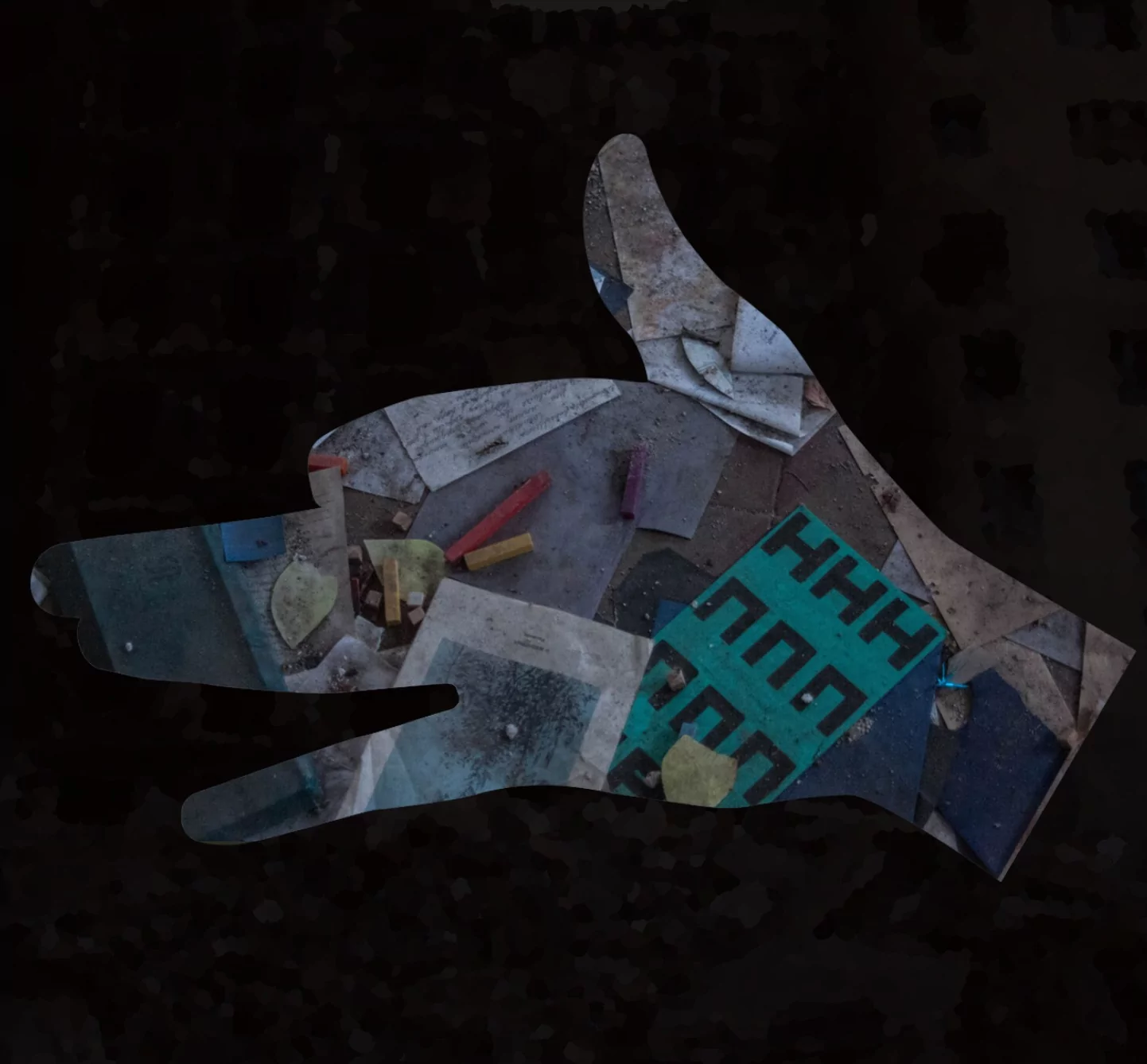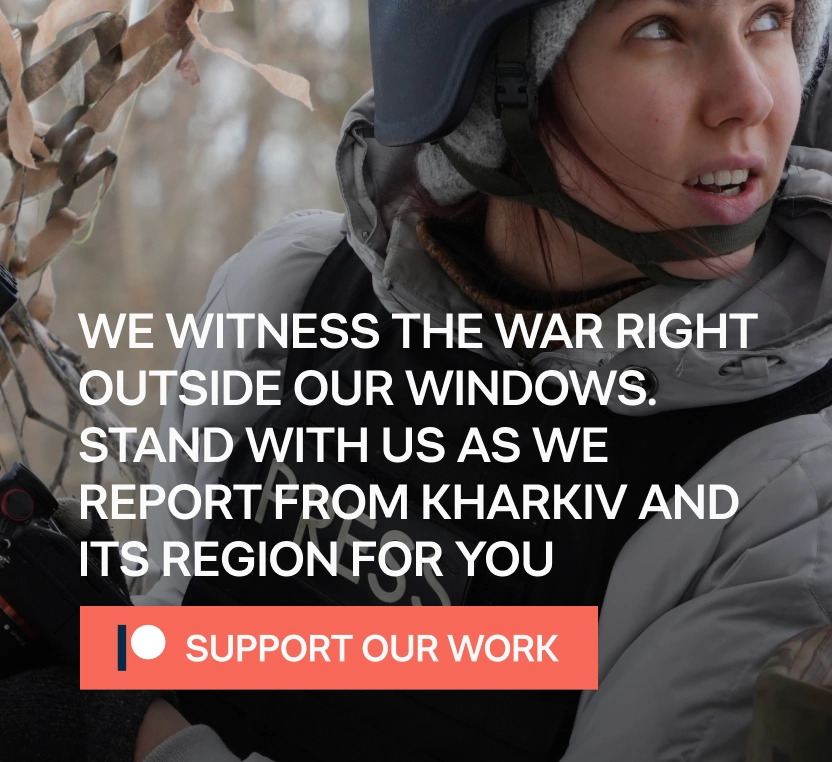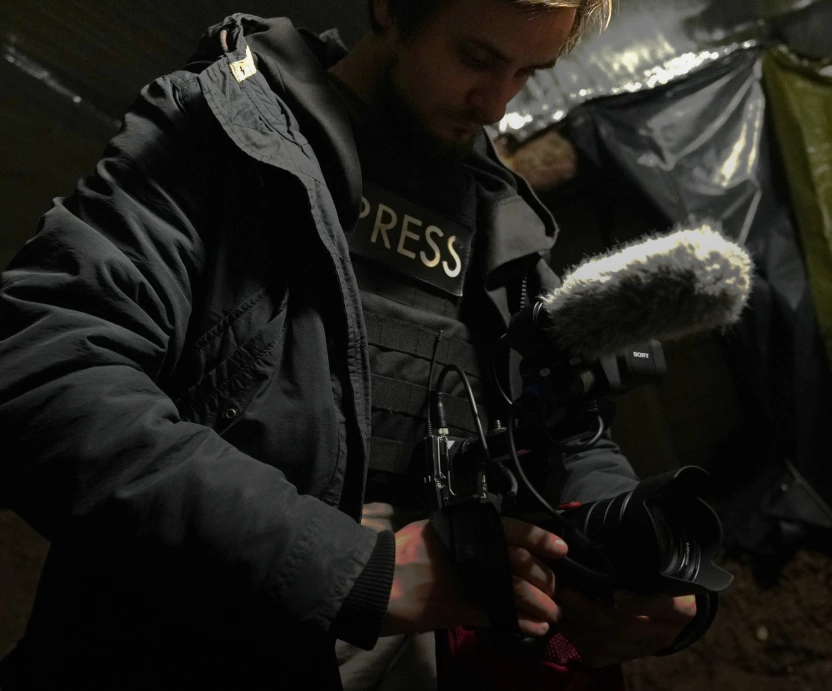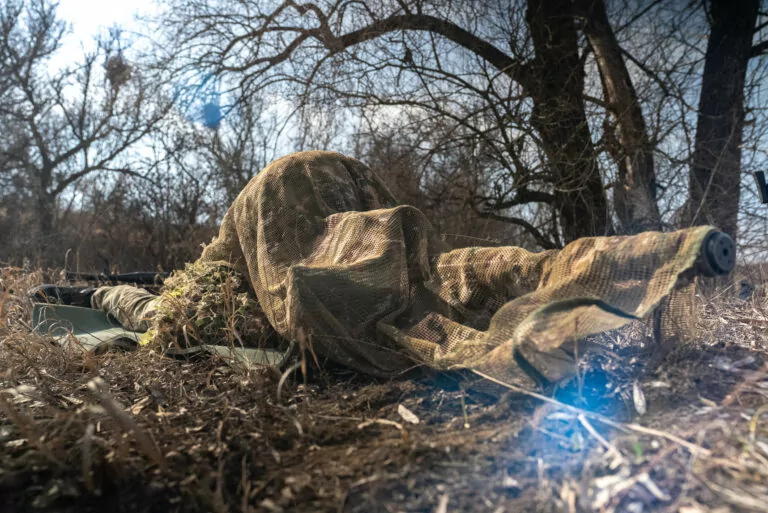Truth Hounds is a human rights organization documenting war crimes in Ukraine since 2014. Today they are investigating the atrocities in Kyiv and Mykolaiv Oblasts, and assisting Ukrainian investigators in collecting the evidence for hundreds of cases.
This summer the team reconstructed the March shelling of Mykolaiv State Regional Administration and investigated the missile launch at Skovoroda museum in Kharkiv Oblast. Before the full-scale invasion, they helped gather the necessary information on “Palych,” the notorious executioner of the so-called Donetsk People’s Republic, arrested in Kyiv.
“I was considering leaving the organization just before the full-scale invasion in February,” says Victoria [the interviewee’s name was changed for safety reasons — ed. note], the coordinator for documenting in Truth Hounds. “Then, on February 24, I realized I must do what’s right.”
We asked Victoria what the field missions of investigators look like and which war crimes the organization succeeded in documenting.
Would you mind telling us about the history and goals of Truth Hounds?
In October 2014 Ukrainian army liberated some cities after the first Russian invasion of Ukraine. We founded the organization around that time. A few of our team members had already dealt with human rights issues and had some experience in monitoring.
As a volunteering initiative, we got basic training and went to the east of Ukraine. Therefore, the backbone of the team has been working since October 2014.
I am directly involved in field missions: that is, I am responsible for team training and safety, the technical condition of vehicles, training in tactical medicine, etc.
Why do you want to remain anonymous?
Since 2014, we have worked not only in Donbas but also Crimea. In 2016 we registered the NGO Truth Hounds and started working in Georgia and Azerbaijan, documenting human rights violations in Nagorno-Karabakh, illustrating both sides of the conflict. My colleagues also worked in Palestine and Lebanon.
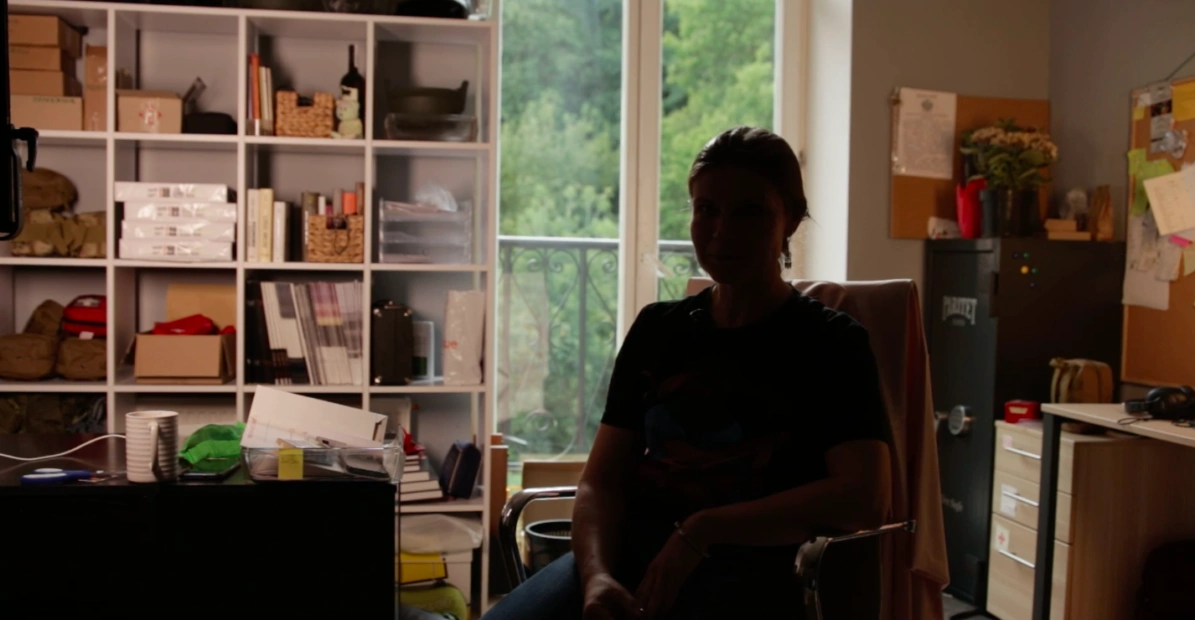
We don’t go public because it is easier to work in the field being anonymous.
We may be unwelcomed in certain areas (for example, Crimea). In such a case, we must take special security measures. For example, to pretend we are a group of tourists with backpacks.
We drive in and start the mission separately from the local authorities. Under such conditions, there are always risks of deportation and arrest. Once local authorities decided we collected enough material and deported us from Azerbaijan. It happens rather often because we document war crimes regardless of the side committing them. We start investigations no matter who the suspects are.
Do you consider human rights defense a dangerous professional field?
Good question. It is a dangerous area in Ukraine. However, being a civilian or a soldier is no less dangerous. If we talk about social activism, the ones who suffer most are eco-activists, LGBT people, and those who fight in Kyiv against illegal construction. These are so-called risk groups.
It was also risky for those countering torture in pre-trial detention centers and the police in the late 1990s and early 2000s.
Could you list the war crimes that you documented before the full-scale invasion?
First, to qualify an event as a war crime, we must identify the intent. It is the main thing.
War crimes are gross violations of international law. For instance, deliberate attacks on civilian infrastructure principally protected structures: schools, churches, and medical institutions, on the condition they were not military objects. In other words, if we see a military hospital, we first consider it a hospital, an institution. But if we take a hospital building occupied by soldiers, it may imply a human shield use (a specific type of crime) and shelling such a “hospital” won’t be regarded as a war crime.
So, if there is the military or any equipment at a civilian object, and its destruction gives the adversary a military advantage, does it mean the affected civilians will be considered collateral damage?
In cases of hostage-taking, torture, and illegal detention, it is often easy to prove criminal intent. It is more problematic in the case of shelling. A lot of things depend on the context. In international law, there is such a concept as combatant immunity. A combatant killing an armed person does not commit a war crime. However, let’s imagine another situation: it’s night, visibility is poor, and somebody is passing by, say, with a fishing rod over the shoulder, which seems like a gun. Under unfavorable conditions, you can mistake this person for a soldier and shoot. If it is impossible to identify the victim as a civilian, we cannot consider such a killing a war crime either.
Did you have to refuse to take on a case knowing it wouldn’t be considered a war crime?
It generally becomes clear only during an investigation. We have specific survey and data collection methodologies to identify war crimes.
Let me give an example. There was a village in Kyiv Oblast. Russian military settled about 50 meters from the main street, opposite people’s gardens. And when the Ukrainian military fired at their positions, they hit a civilian house in between. It was crucial to investigate the pattern of the attack, namely the direction of the shot, to define the main target was Russian positions, not a civilian house.
How do you collect the material?
There are two main approaches. The first is field documentation: we visit the place and take photos and videos. There we try to qualify the type of used weapon, whether it was an airstrike, a ballistic missile, cluster munitions, or mortars. These types of weapons are more or less accurate. The other ones are indiscriminate. It is a war crime when a Multiple Launch Rocket System shells the civilian population. For instance, “Grad” works as follows: it covers the entire plane, destroying everything there; that is why it is called an indiscriminate weapon.
The second approach, complementing field documentation, is the so-called OSINT research. Our analytical department team uses satellite images and social networks to identify the positions of units, the time, and the equipment placement to confirm or deny the evidence about a particular type of weapon.
Generally, during the investigation, it is necessary to keep two questions in mind: how can this event be qualified, and who is the suspect?
What objectives do you set before going on a field mission?
First, we are trying to support the Ukrainian investigation. Before the full-scale invasion, investigators in Ukraine did not practically deal with war crimes.
We realize we need a tremendous amount of time to open cases and collect data according to the rules of general criminal proceedings. For example: imagine a 9-storey building in Saltivka [district in Kharkiv, intensely shelled since the start of the full-scale war — ed.] burned from the first floor to the last. In the case of a general criminal proceeding, forensic experts must inspect each apartment. Given the scale of such destructions, it is practically impossible. The greater the scale of destruction, the more difficult it is to bear everything in mind. Time also does not stand still: today Russian military fired at this house, and tomorrow they will fire at the neighboring one.
We are trying to assist our investigators by sharing materials and supporting communication in Kyiv, Chernihiv, and Mykolaiv Oblasts. Now my colleagues are working on a 3D simulation of the Mykolayiv ODA attack [already finished — ed.]. They determine the direction of a Caliber launch and the damage it caused. They cooperated with prosecutors in Mykolaiv on the spot to use these materials in criminal cases. Human rights defenders can point out suspects but cannot prosecute or sue them. It is the task of the police and law enforcement agencies. Therefore, ours is to assist.
Second, we have colleagues at the International Partnership for Human Rights and Human Rights Watch. We prepare joint reports for international and intergovernmental structures and present them at the Organization for Security and Co-operation in Europe and the Parliamentary Assembly of the Council of Europe panels. We need to keep the Ukrainian topic visible so that everyone sees that war crimes don’t cease.
Finally, we cooperated with foreign and Ukrainian media to cover the events as widely as possible.
We organize field missions according to one of these areas. Our focus depends on the particular request. For example, if we need to prepare a report on the Mariupol siege, we start with searching for witnesses and victims who can provide information.
Our priority territories are Kyiv Oblast, Chernihiv Oblast, Sumy Oblast, and the South, namely Mykolaiv and Odesa Oblast. As for the occupied territories, we concentrate on the Kherson region, Zaporizhzhia Oblast, and Donetsk region.
Primarily we work with people who have left the occupied territories. We organize interviews in relatively safe cities, such as Kryvyi Rih [a city in Dnipropetrovsk Oblast]. We aim to receive testimony about abductions, places of illegal detention, shelling of civilians and evacuation convoys. Looting against this background seems innocent, unfortunately.
Looking at Kyiv and Chernihiv Oblasts, we can notice the Russian military often shelled those deep rear settlements only to intimidate people. Even while transiting an area, they struck civilian infrastructure.
Passing convoys shelled the streets around. Basically, an armored personnel carrier drove and fired in all directions so that civilians would not come forward and witness the machinery move. The question arises, “Why are the Russians shelling the streets?”. The only reasonable explanation is “Well, because they can.” We were shocked by it at the very beginning. Maybe not shocked, let’s say, impressed. Because we got fed up with their “feats” in Donbas, Syria, and Chechnya…
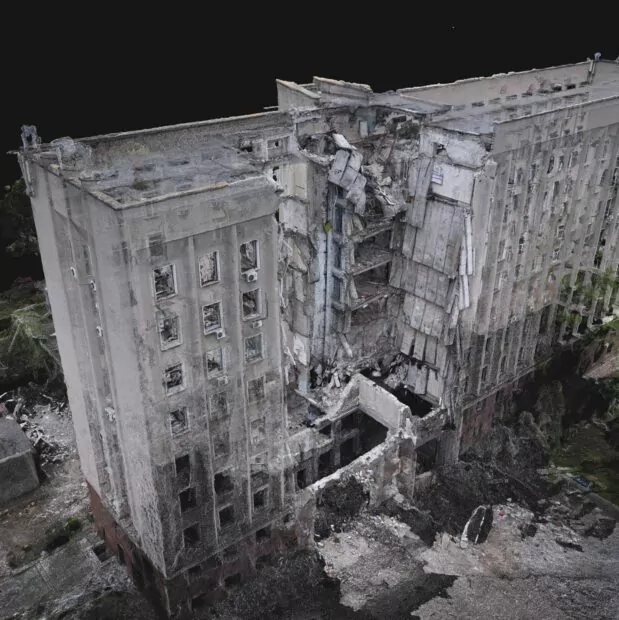
Why are human rights organizations like yours valuable?
Law enforcement officers and investigators do what they can. Yet, they cannot cope with such an enormous number of crimes.
Today, if I’m not mistaken, we have more than 20,000 opened cases. Just one small village in Sumy Oblast appeared to be a torture chamber: there, the Russian military held Ukrainians from the entire territorial community, including such towns as Trostyanets and Okhtyrka. Investigators practically cannot cover such a large number of cases. There can be, say, 8 shootings and 15 kidnappings in a small village, saying nothing about the towns.
It is difficult to work it out physically, especially if prosecutors, the Security Service of Ukraine, and the police are used to working within the framework of one case. It means they question a witness about one event paying no attention to what else a person could see.
Human rights defenders know how to document and investigate war crimes. They help to save a lot of time.
How large is your database of cases?
We use a specific database called I-DOC. The system establishes a connection between witnesses, victims, and possible perpetrators. That is why it is difficult to tell you the exact number of cases. Also, different people can act as witnesses and victims in separate incidents.
We usually have 10-18 testimonies within one field mission. On average, we have about 3-4 missions per month.
Why do you personally think your job is important?
I don’t want people to get away with the crimes. In 2014, we saw Russian impunity in Donbas and Crimea. In Ukraine, we hardly knew what the Russian army did during the first and second Chechen wars. Few people talked about it, but the Russian military does have a common practice.
For example, our citizens know almost nothing about the Novi Aldy massacre, when the Russian military burned many people alive. They just forced civilians into houses and burned them: children, infants, pensioners.
Also, in the archival photos, you may see how the Russians shelled Grozny city [the capital of Chechnya]. Mariupol or Severodonetsk looks the same now. It is easy to notice “the style,” same rules. Impunity begets impunity: they did so several times and got nothing in return.
The criminals responsible for the genocide in Yugoslavia, those who fought in Rwanda, were punished. On the contrary, the actions of Russians in the 1990s were not qualified war crimes. Without condemnation, they just committed crimes and went on living.
By the time of a full-scale invasion, I had been documenting for over 8 years. One of my colleagues jokes that sometimes people don’t get that much for a murder! It’s not the most amusing job, to say the least, because, during each mission, you need to ask people about the worst experience of their life. We burn out and get traumatized.
Therefore, on the eve of February 24, I wanted to leave the organization. I did, but at 9 am on February 24, I returned. I decided to do something worthy.
Four of my colleagues joined the ranks of the Armed Forces: two field researchers and two analysts. And we go on moving this mountain.
Is there any case you are proud of?
It is a tricky question because the criminal may not be punished or found in the end. Currently, we are investigating “Palych” [Denis Kulikovskyi, head of the prison called Izolyatsia in the so-called Donetsk People’s Republic — ed.]. Our team collected evidence and interviewed witnesses. We passed a lot of information about this person to the investigators.
I think this can be considered a good result.
Why was Amnesty International criticized so much for its report on Ukraine?
Do you mean their report or a press release? My colleagues from other organizations say there’s a big contrast between them. People were mainly astounded by the press release. It targeted a broad audience: they presented the information unambiguously and unreasonably. The report is more balanced. Nothing is sensational there. However, I must question their methodology, namely how they collected the data.
Let me provide you with an example. When Truth Hounds was making a report on cross-border shelling in 2014 [shelling of Luhansk Oblast from Russian territory — ed.], we used ten information sources. We interviewed the civilian population, border guards, and the State Emergency Service, used satellite images, and went on field missions. We found only two direct witnesses. However, I am confident in every word of ours. I am sure we have interviewed all possible witnesses, found all possible evidence, and can state that it was the Russian military who fired.
But the Amnesty International report is confusing. How did they select the respondents? Where and under what conditions were they interviewed? Were they safe, not under any pressure? Are there any satellite images that can indicate the positions of Ukrainian military units? The report lacks evidence, and the allegations are serious.
The use of a human shield must be proven not only by interviewing witnesses but also by conducting an investigation.
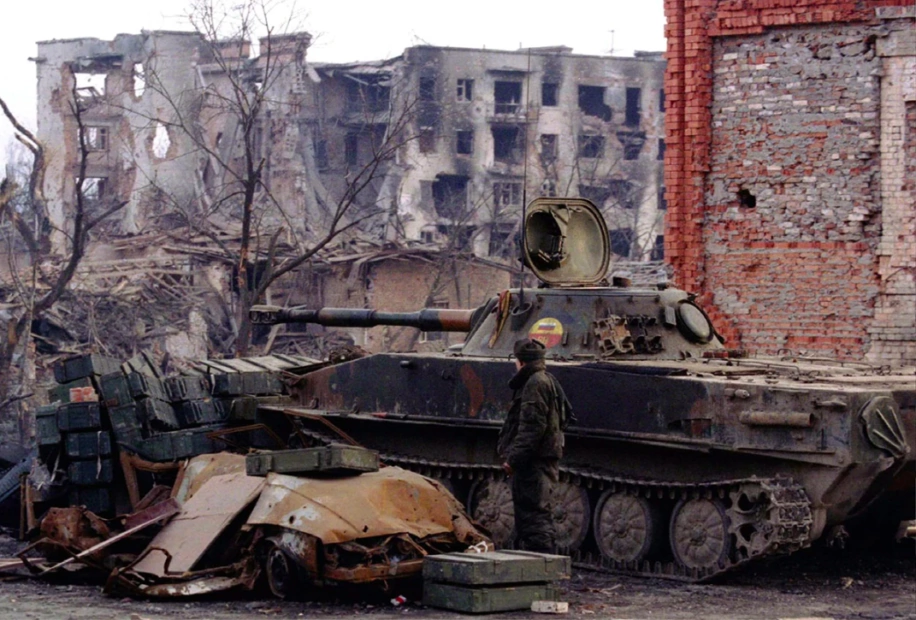
Do you work with the destruction of cultural heritage?
Yes, we do. We have a separate project dedicated to documenting the destruction of cultural heritage by the Russian military. Shelling of museums – for example, the museum of local history with Maria Pryimachenko’s paintings – shelling of churches and the destruction of cultural centers and libraries. The shelling of the Hryhoriy Skovoroda museum in the Kharkiv Oblast, in particular.
We are teaming up with the Ministry of Culture and UNESCO to document these attacks. Our job is to visit the scene, find direct witnesses, and document the destruction to determine whether it was a targeted attack. In the case of the Hryhoryi Skovoroda museum, deliberately destroyed by a missile (there was neither military infrastructure nor positions nearby), we can talk about a war crime.
War crimes have no statute of limitations. It means that in 10 or 20 years, prosecuting war crimes is also possible. But what is the procedure?
There is a so-called mechanism of universal jurisdiction and the International Criminal Court. The laws of some countries allow people to be prosecuted for war crimes, even when the state or its citizens are not parties to the conflict.
Also, the USA legislation allows investigating cases and prosecuting criminals in case the Americans are victims. It means the USA can convict a Russian who committed a war crime in Ukraine.
Can ordinary people dispense justice and punish the one who committed a crime against them?
Unfortunately, there are no guarantees that all war criminals will be found and punished.
The only thing I can recommend is to reach the law enforcement authorities and testify. There’s a video on our website and Facebook page with instructions on documenting the crime scene.
Telling personal stories is extremely important. Sometimes we must collect an enormous array of data to find the culprits. For example, out of 10 witnesses interviewed about events in a city or town, only one will appear to remember overhearing the commander’s call sign. This information may decide the course of the whole case.
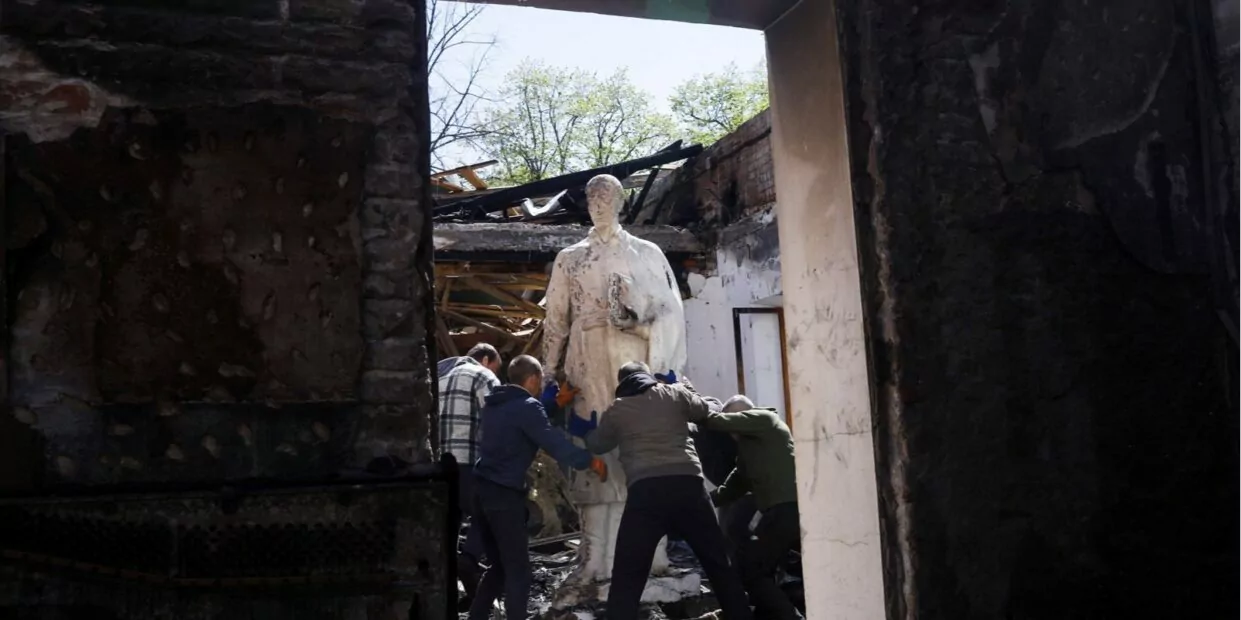
Interviewed by Oleksiy Yeroshenko
Layout and editing by Olena Myhashko
Translated by Yuliia Kulish
